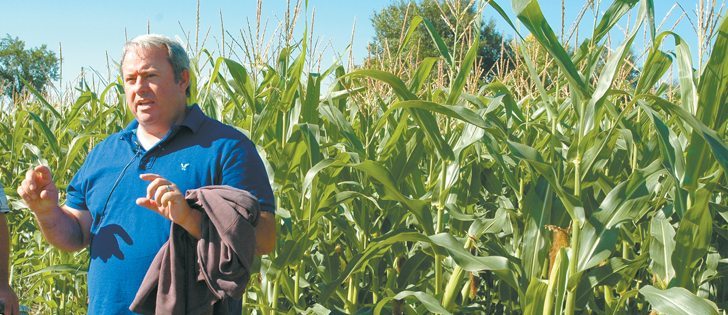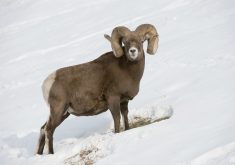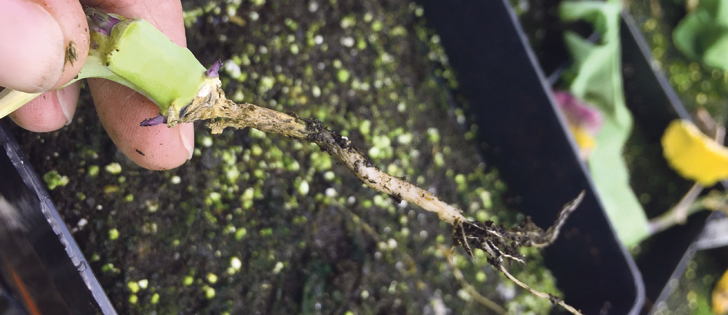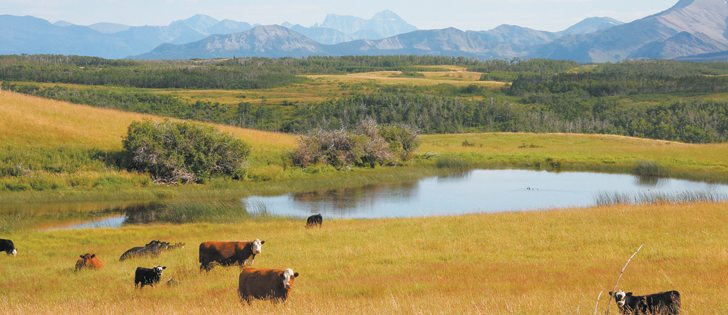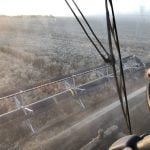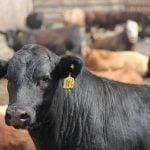As acreage planted to corn increases in Alberta, so will the risk of fusarium infection to cereal crops, says a crop pathologist.
Michael Harding of Alberta Agriculture said corn is a good host for fusarium graminearum, but that crop doesn’t usually see yield loss as a result of infection.
It means there is no incentive to spray corn crops for the fungus, but fusarium spores can accumulate and infect subsequent cereal crops, where the disease can cause yield loss and downgrading.
“Corn residue can be a big reservoir for fusarium graminearum spores, and it’s been documented in the United States and part of the eastern Prairies that corn in rotation with small grain cereals and in combination with conducive weather conditions can really drive fusarium graminearum to become a real problem with respect to head scab in wheat,” Harding told a Farming Smarter disease crop walk event in Lethbridge July 30.
Read Also
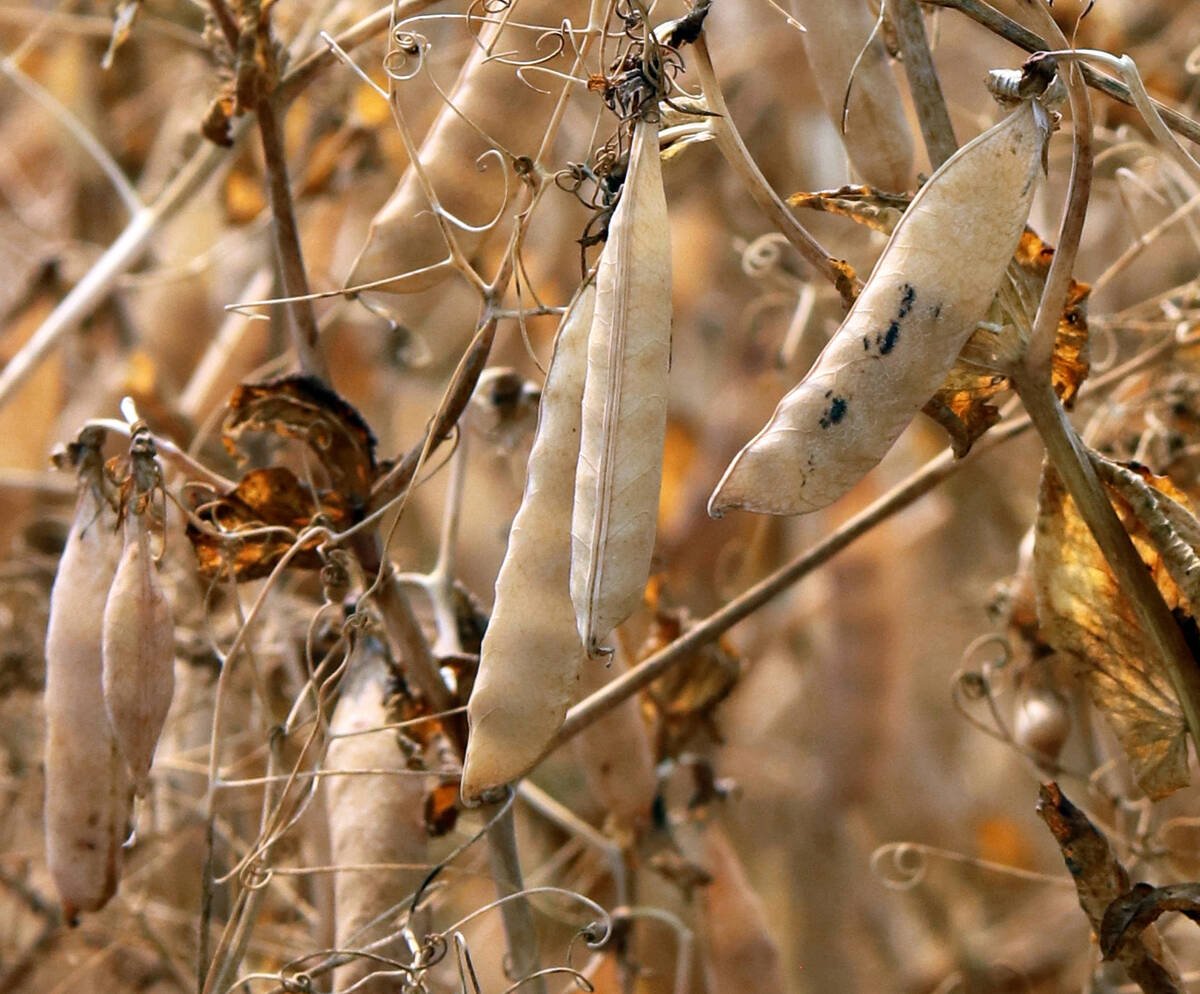
Trump’s tariffs take their toll on U.S. producers
U.S. farmers say Trump’s tariffs have been devastating for growers in that country.
Greater interest in corn production has been fostered by new varieties that require fewer heat units to reach maturity, which makes them suitable over a wider area of the province.
Harding said he expects increased corn acreage to exert additional pressure to manage fusarium in cereals.
“It’s a significant issue because when you have a lot of fusarium inoculum in a field, it doesn’t only just affect that field. It’s going to infect the acres in the surrounding area,” said Harding.
“The more susceptible crops we have, and especially if they’re in close rotation, and conducive weather, we’re going to see fusar-ium become the same kind of an issue here as it has become in Manitoba and parts of Saskatchewan, where it’s a real significant management issue. It could become the biggest management issue for small grain cereals. It’s that important of a pathogen.”
Fusarium graminearum wasn’t always a problem in Alberta, but it spread slowly from Eastern to Western Canada and has since been designated as a regulated pest.
Harding said Alberta has had time to develop a defence to control the fungus, but a bigger problem is generally considered inevitable.
“We’ve had time to put management practices in place and to try to delay its spread, but it’s a pathogen that could certainly move and colonize all of the cereal production areas of the province and in likelihood it probably will do that over time,” he said.
“But we’d certainly like to slow it down or stop it as much as we can.”
Management methods include planting cereal varieties resistant to fusarium, using adequate rotation between susceptible crops and controlling moisture levels where possible.
“It’s a very difficult disease to manage, so it’s not to be taken lightly, but yes, we’ll still be able to produce cereal crops and corn even with fusarium becoming established in our production area,” Harding said.
Some seed company projections indicate seven to 10 million acres of corn will be grown in Western Canada within the next 15 years.
Bryce Eger, president of DuPont Pioneer Canada, said last month that the area south of Edmonton and Saskatoon could be suitable for corn because of new short-season varieties.
Farming Smarter general manager Ken Coles said frost and incorporating corn into dry land minimum tillage situations will likely be the main challenges as acreage expands.


